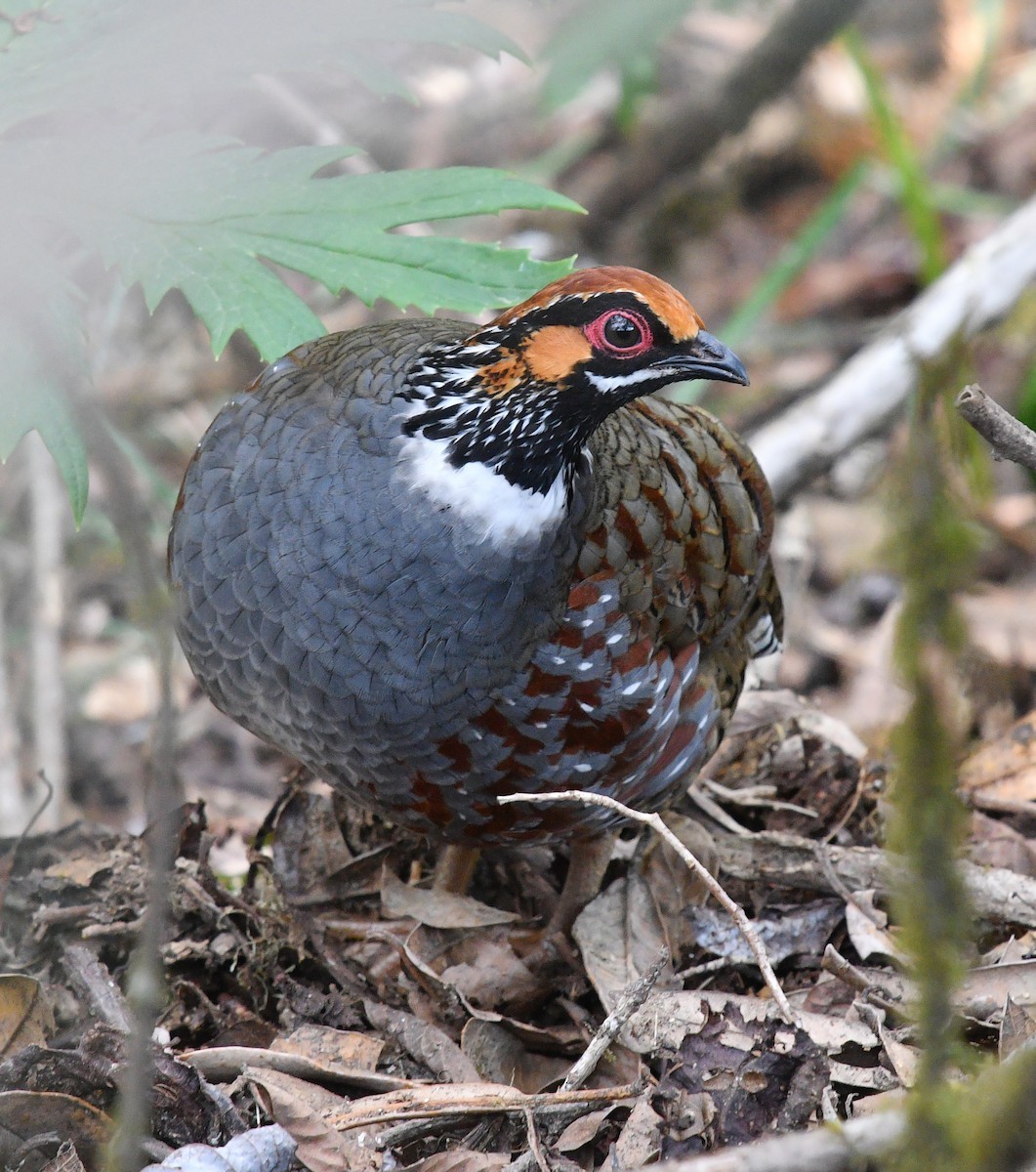Hill Partridge
A species of Hill Partridges and Green-legged Partridges Scientific name : Arborophila torqueola Genus : Hill Partridges and Green-legged Partridges
Hill Partridge, A species of Hill Partridges and Green-legged Partridges
Botanical name: Arborophila torqueola
Genus: Hill Partridges and Green-legged Partridges
Content
Description General Info
 Photo By Rofikul Islam
Photo By Rofikul Islam Description
Males of the species have ornate patterns and markings, a combination of an orange crown and face set against a black head and streaked throat. Females lack the distinctive head markings and the grey chest and upper belly of the male, with the flank colouration of white streaked ginger-brown feathers extending further up and across the belly of the hen. Four subspecies have been identified on the basis of differences on the head markings on the male. The length of this species is roughly 27–30 cm (11–12 in) and weight can vary between 230 g (8 oz) for a small female to 390 g (14 oz) for a large fat male. 
Size
30 cm
Nest Placement
Ground
Feeding Habits
Hill Partridge consume a mixed diet including seeds and invertebrates found by scratching in leaf litter. They forage with a characteristic hen-like call.
Habitat
Hill Partridge is commonly found in evergreen forests and scrub habitats, thriving particularly in dense hill forests with streams and copious undergrowth. These birds show a preference for oak forests intermingled with laurel and rhododendrons, favoring ravines and steep slopes. Their selected environments are characterized by significant tree and shrub cover, proximity to water sources, and often near roads, with a notable avoidance of areas dominated by bamboo.
Dite type
Granivorous
General Info
Feeding Habits
Bird food type
Behavior
Common hill-partridges are mostly seen in pairs or small coveys of up to 10 individuals that may be made up of family groups. 
Distribution Area
The common hill-partridge range spans over a narrow band from the western Himalayas to north Vietnam. It is found in India, Nepal, Bhutan, Tibet, Myanmar, Thailand and Vietnam. Its natural habitats are subtropical or tropical moist lowland forest and subtropical or tropical moist montane forest. The species is not globally threatened and is common in most parts of its range. 

 Photo By Rofikul Islam
Photo By Rofikul Islam